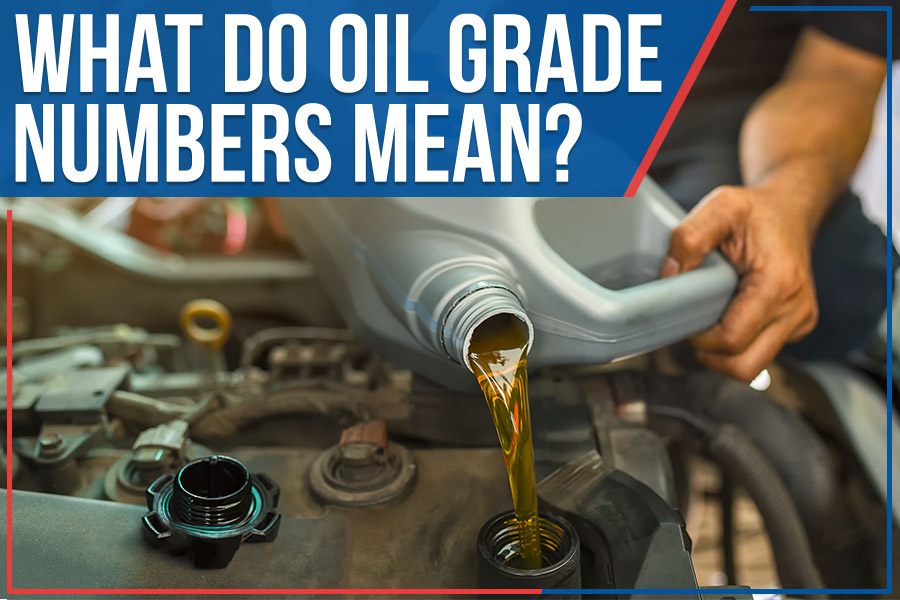
Oil is an essential fluid for any car’s engine, as it helps to keep the components lubricated and running correctly. It also aids in the removal of waste heat from these moving parts while preserving them from wear and tear, thereby keeping the engine clean.
You may be wondering why you can’t just put any old motor oil in your car. Different engine oils are required for different vehicles based on their viscosity and performance.
If you don’t change your motor oil regularly or use the wrong type of oil, your car’s engine starts overheating, begins to corrode, and becomes more susceptible to damage and early failure. That is why you must understand how significant motor oil is and the motor grade oil numbers. This will enable you to select the proper engine oil for your vehicle.
That is why you must understand how significant motor oil is and decode motor grade oil numbers. This will enable you to select the proper engine oil for your vehicle. To make it easy for you, this blog post by Mike Patton Ford Lincoln will explain what the various oil grade numbers represent and how to choose the best one for your car.
Numbers for Oil Grades:
The Society of Automotive Engineers (SAE) has created a system for rating oils based on viscosity and performance. In this system, a colon separates two numerals, such as “30:60.” The first value represents the approximate thickness of the oil at low temperatures, while the second number represents the approximate thickness at high temperatures.
Commonly Used Engine Oil Grades:
0W-20: When you start the engine, this engine oil usually is thinner. When the engine is cold, the viscosity of 0W-20 is 0. When the engine achieves normal operating temperature, the density of the oil climbs to 20.
0W-30: This oil is intended to be a 0 weight oil at the start and a 30 weight oil at operating temperature.
0W-40: When the engine is cold, this oil is supposed to be a 0 weight oil; but, as it achieves normal operating temperature, it becomes a 40-weight oil.
5W-30: With a winter viscosity grade of five, this is the most common and commonly used engine oil.
5W-40: It’s the most expensive of the three, but it also appears to work the best in contrast to the others. When cold starting, it behaves like a 5-weight engine oil, but after the engine achieves operation temperature, it performs like a 40-weight oil.
10W-40: The engine oil has a cold starting performance of 10 weight.
It does, however, provide a 40-weight working temperature for the engine.
It is critical to choose motor oil that’s compatible with your vehicle’s engine and provides enough protection. The SAE rating method can assist you in determining how the oil will perform under various scenarios. It’s also a good idea to double-check your car’s owner’s manual to ensure you’re using the correct oil viscosity grade for your vehicle.
Most car owners find it difficult to determine the proper timing for an oil change or which oil is best for their car. If you’re one of them, bring your car to Mike Patton Ford Lincoln serving Hillcrest, GA, or schedule a service online.



